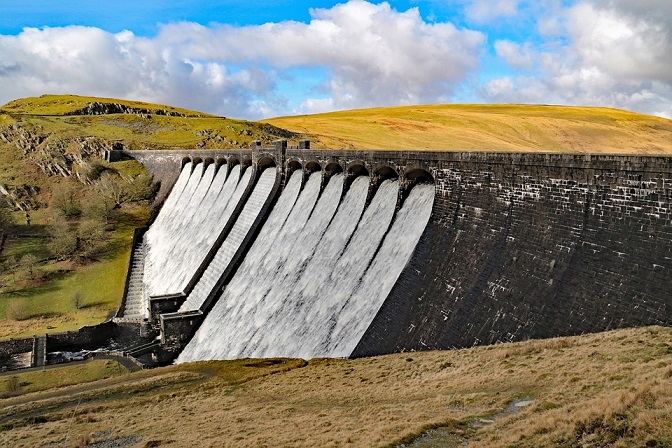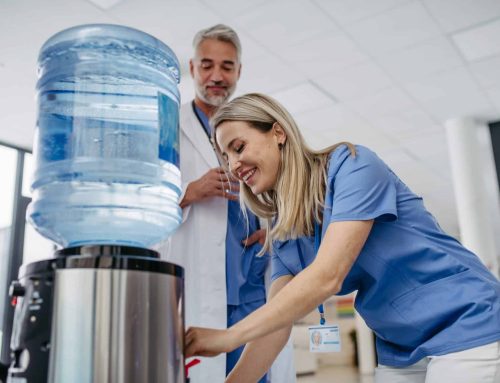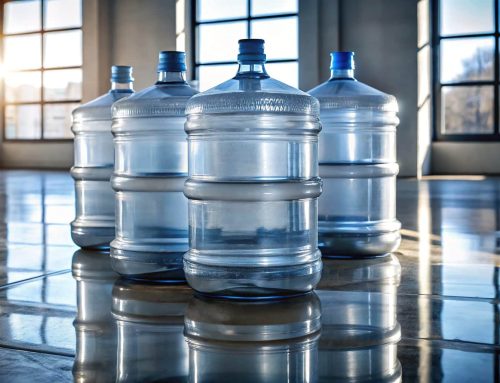Water scarcity in South Africa has improved in some parts of the country but also worsened in other parts of the country. Improvements surrounding alternative solutions to failing water solutions have been created ever since Cape Town experienced a potential day zero. Now, solutions initially meant for Cape Town’s water crisis, can also be implemented in other parts of the country, along with the rest of the world.
Countries abroad have already adopted some of South Africa’s methods and studies to solve the problem surrounding water scarcity due to a lack of rain.
However, that is not enough to help South Africa into the future. Currently, the country’s residents are living in a semi-amid situation with rainfall that is still inconsistent. Due to a lack of economic growth, the timeline has begun, and South Africa is now at a stage where, if it doesn’t do something about all its problems, it won’t be able to support itself in the future.
Thus, there is a lot of work to be done. Now South Africa is also receiving the estimated rainfall of only half a meter annually, which is only around half of the average countries abroad are receiving, adding to the country’s problems.
New Strategies for Gauteng
Even though the Western Cape has recovered, regions like Tshwane is struggling due to a lack of water. This has led Gauteng to implement strategies with the hope that they will improve the water crisis. The province is receiving funding to support these strategies, which includes the Thukela Vaal water transfer scheme and the Lesotho Highlands water project. Both these projects are set to feed into the Vaal Dam, which will solve current water scarcity problems in the area.
Even though South Africa’s water scarcity troubles still exist, there are many possibilities, including the implementation of advanced technologies, which will help solve the country’s current and future water crisis.
Get water dispenser and water cooler accessories from Living-Water in London.






